Venomous Snakes: Snakes in the Terrarium by Ludwig Trutnau Book Review
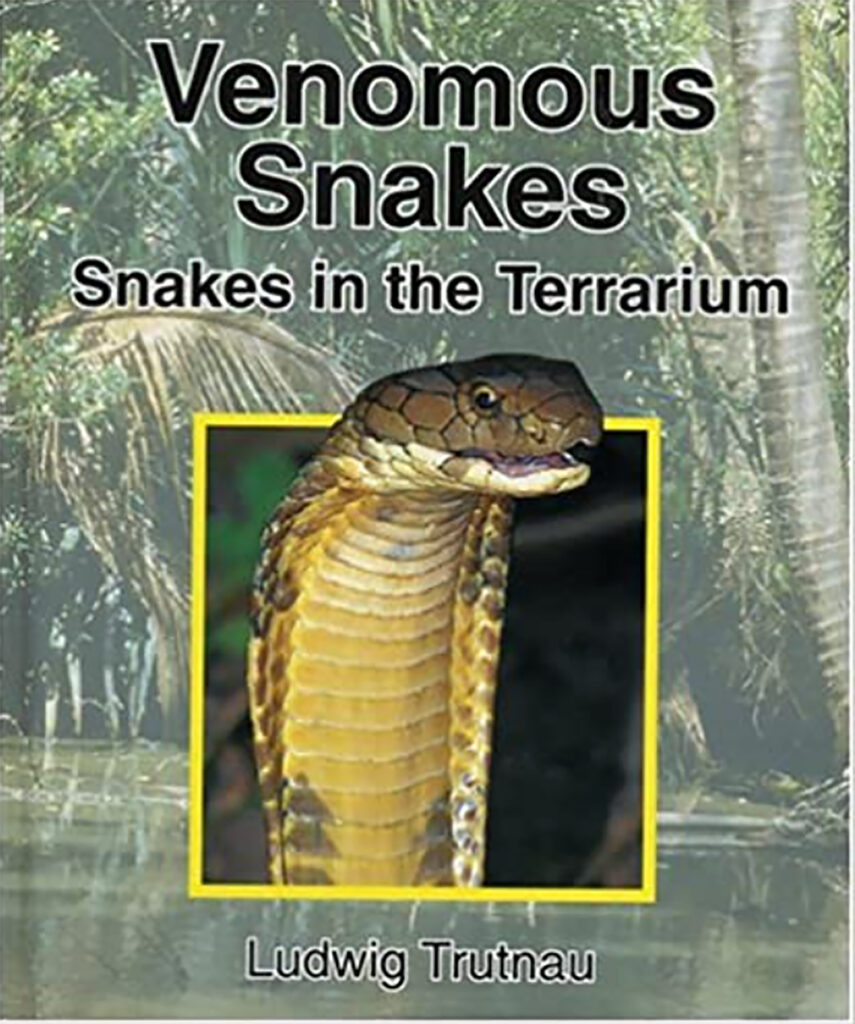
If you know this book, you know the venomous community highly praises it. To veterinary clinics, zookeepers, and horticulturists, this is a classic read for venomous snake husbandry. The author was a practicing herpetologist for over 30 years. The book was initially published in Germany and is considered a classic work in venomous husbandry in […]
What is the Difference Between True Vipers and Pit Vipers?
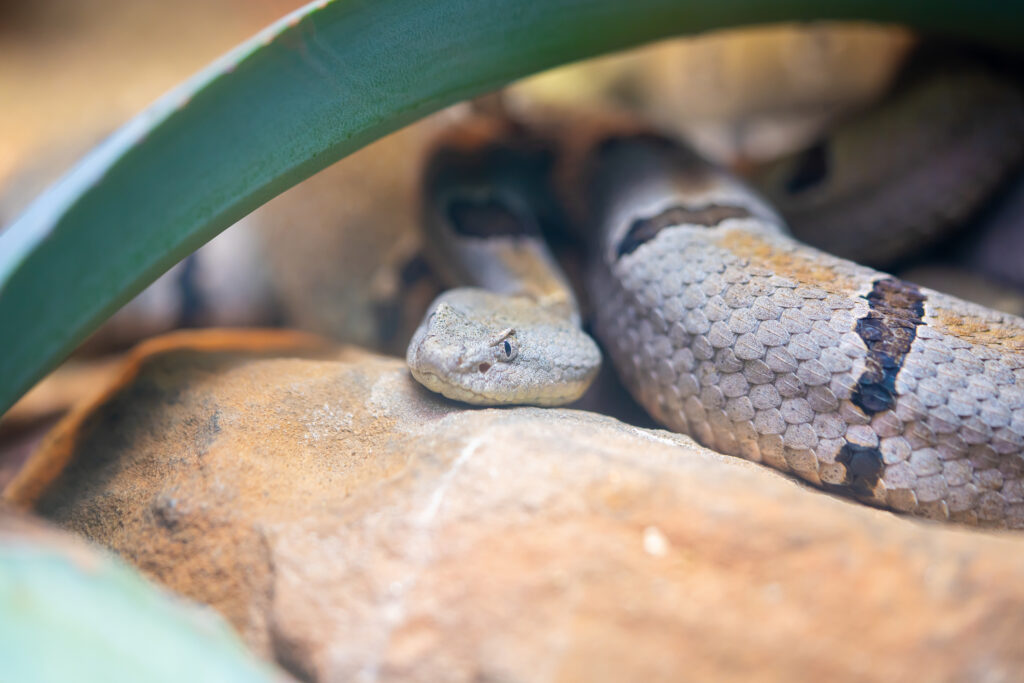
All vipers fall under the family Viperidae. However, it contains two sub-families that distinguish between what we call “True Vipers” and “Pit Vipers.” The distinction is whether or not a viper has heat-sensing organs, which we call “pits.” Pit Vipers have these heat-sensing organs and belong to the subfamily Crotalinae. True Vipers, on the other hand, lack these […]
What do Snakes Eat?
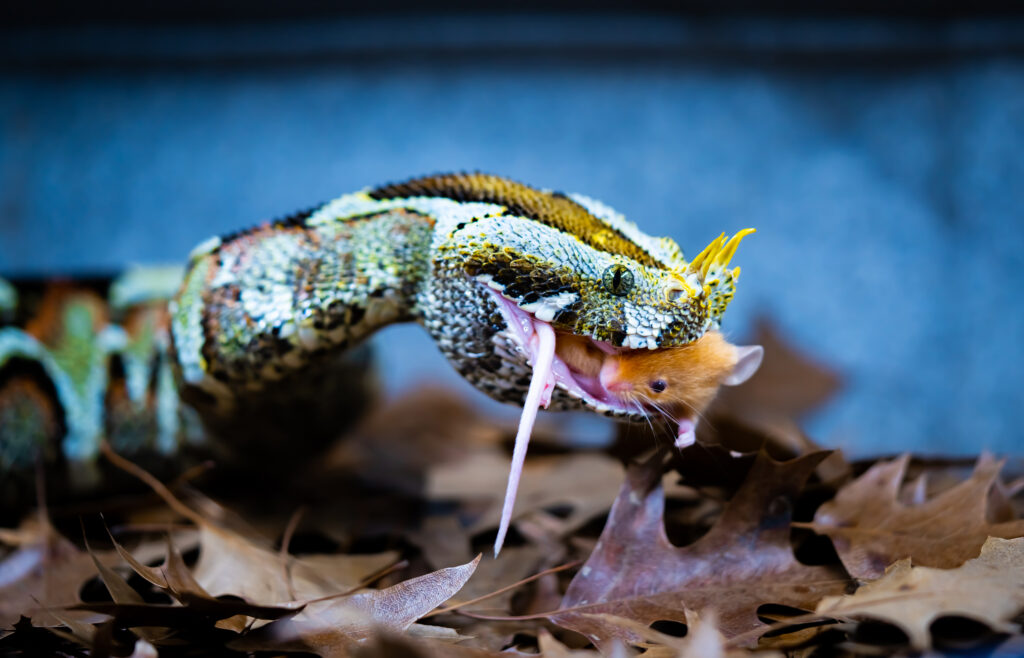
There are many things that snakes eat. Snakes are carnivores and eat other animals and what a snake eats mainly depends on the snake’s size, as they eat essentially what they can overpower and swallow. Small snakes will eat small rodents while very large snakes have even been known to eat animals such as deer, […]
Why is My Snakes Nose Bleeding?
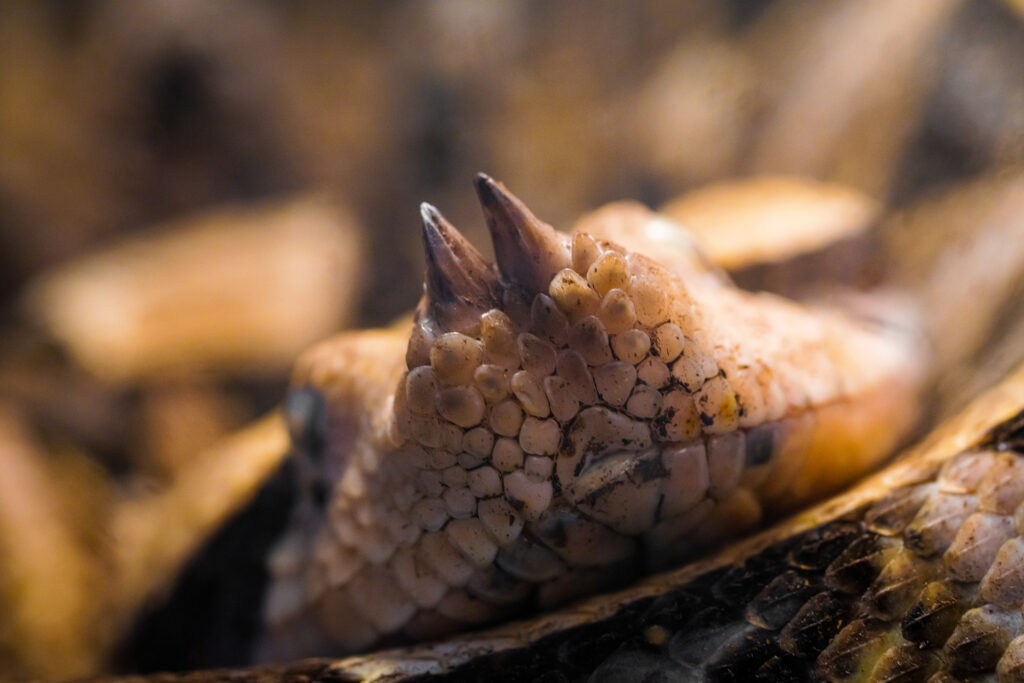
While there could be many causes for the bleeding of the nose in a snake, one of the most common reasons in captivity snakes can have a nose bleed is because the snake is rubbing their nose and face against the enclosure wall for extended periods. This is likely due to the snake lacking something […]
Venomous Snakes in Captivity Book Review
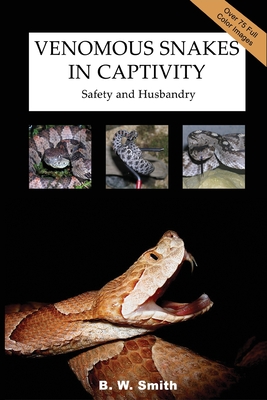
If you have read Venomous Snakes: Snakes in the Terrarium by Ludwig Trutnau, I thought this book was going to be very similar to that. It turned out to be more of a manual of taking care of venomous snakes in general rather than specific species, however, the book specifically states it is not a […]
Top 10 Most Venomous Snakes in the World
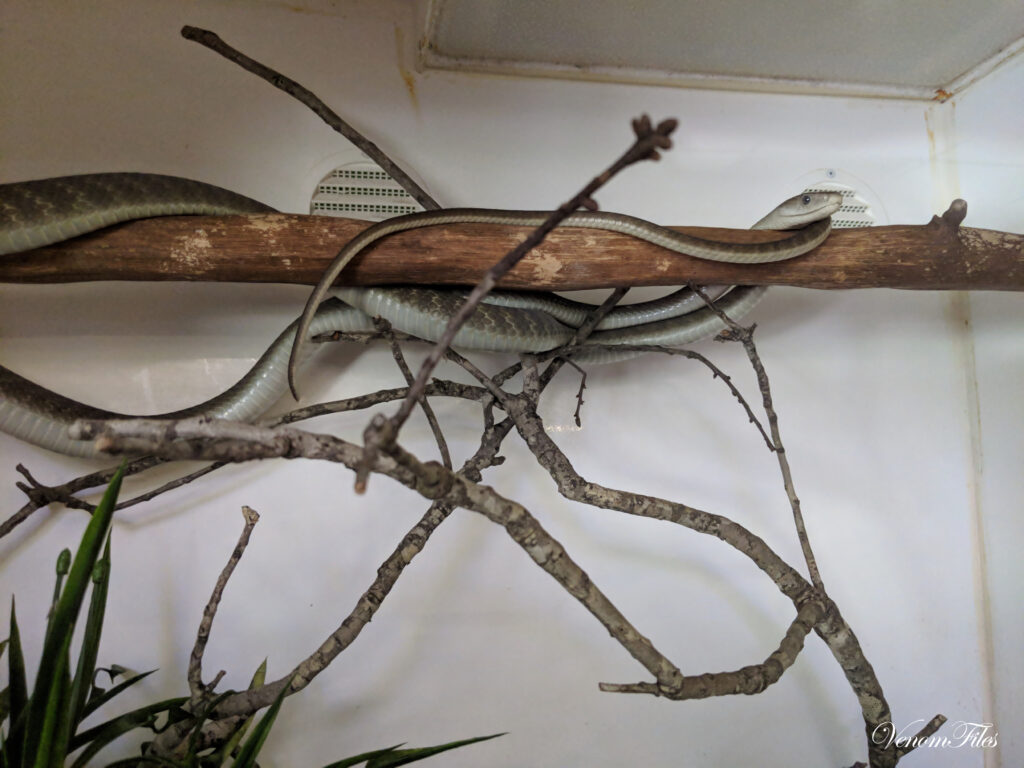
This is a list of the most venomous snakes in the world in order by the LD50 according to subcutaneous injection which is the most common form of envenomation in humans. There are some difficulties with making a list like this, but if we just go by the LD50, this is the list you would […]
Why Do Snakes Shed Their Skin?
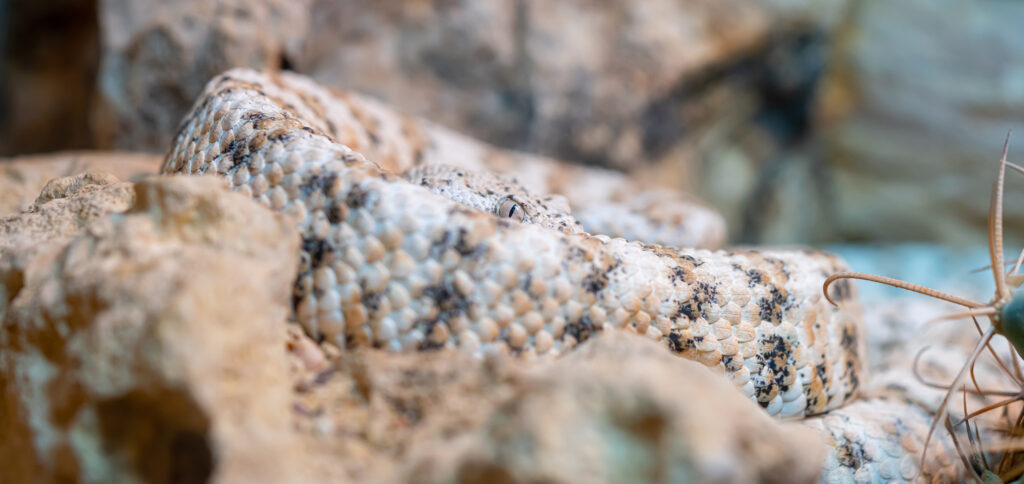
Snake shed their skin when they grow. Its the same for many animals; spiders, scorpions, centipedes, and many other animals shed their skin. When an animal increases in size, their skin gets too small for their body, so their skin comes off with a new skin underneath! It is an exciting phenomenon for every collector. […]
What is the Difference Between Venomous & Nonvenomous Snakes?
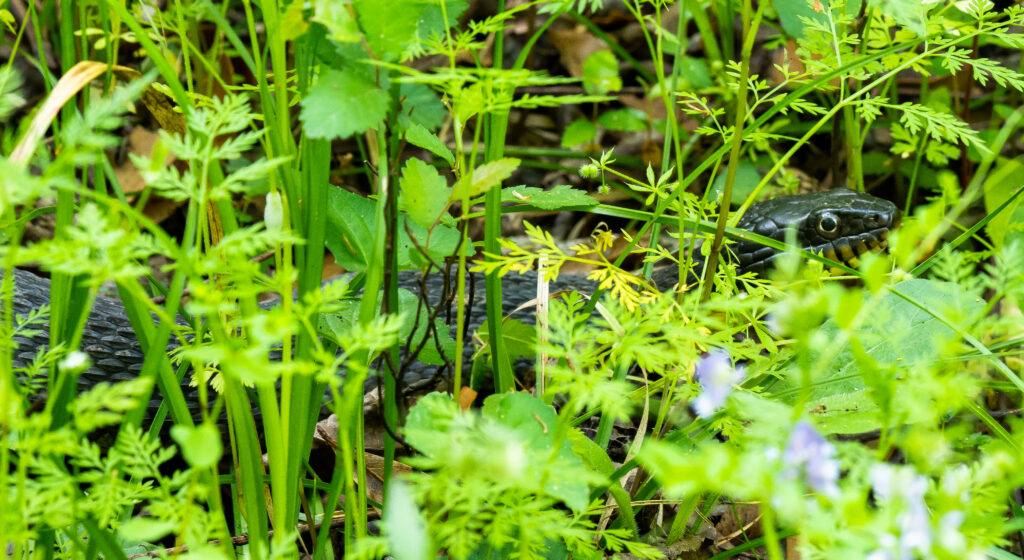
Currently, there are about 4000 species of snakes recorded (2022), and only “600 are venomous and over 200 are considered to be medically important.” – WHO. Usually when people ask this question, it is being asked for identification purposes. The short answer is does not work that way. There are too many different and similar […]
Commonly Kept Venomous Snakes
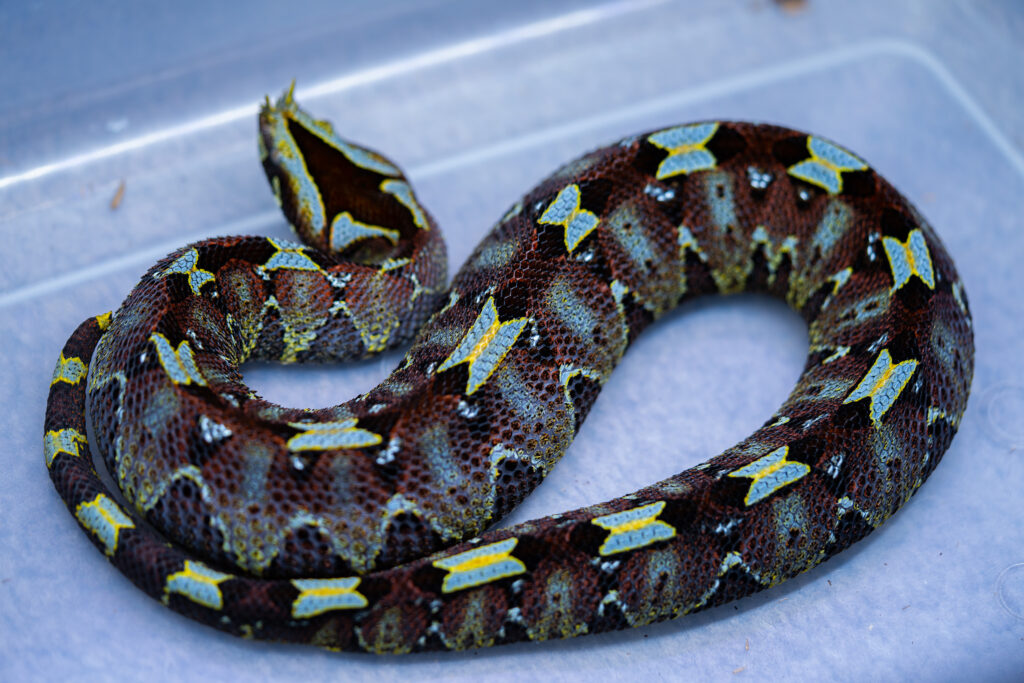
The following is a list of genera of the most commonly collected venomous snakes in the private owner community. Knowing at least one species from each genus will help you identify the different species that you encounter among private keepers. I encourage you to focus on learning genera and not species because you will cover […]